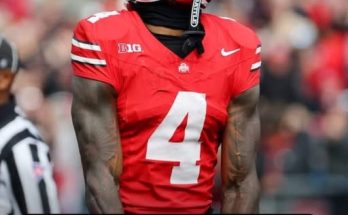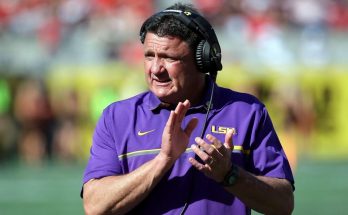
Arch Manning earned SEC recognition after his huge game against Vanderbilt
The murmur that had followed Arch Manning from the moment he first gripped a football, a low and persistent hum of expectation, has finally been drowned out. It has been …
Arch Manning earned SEC recognition after his huge game against Vanderbilt Read More







